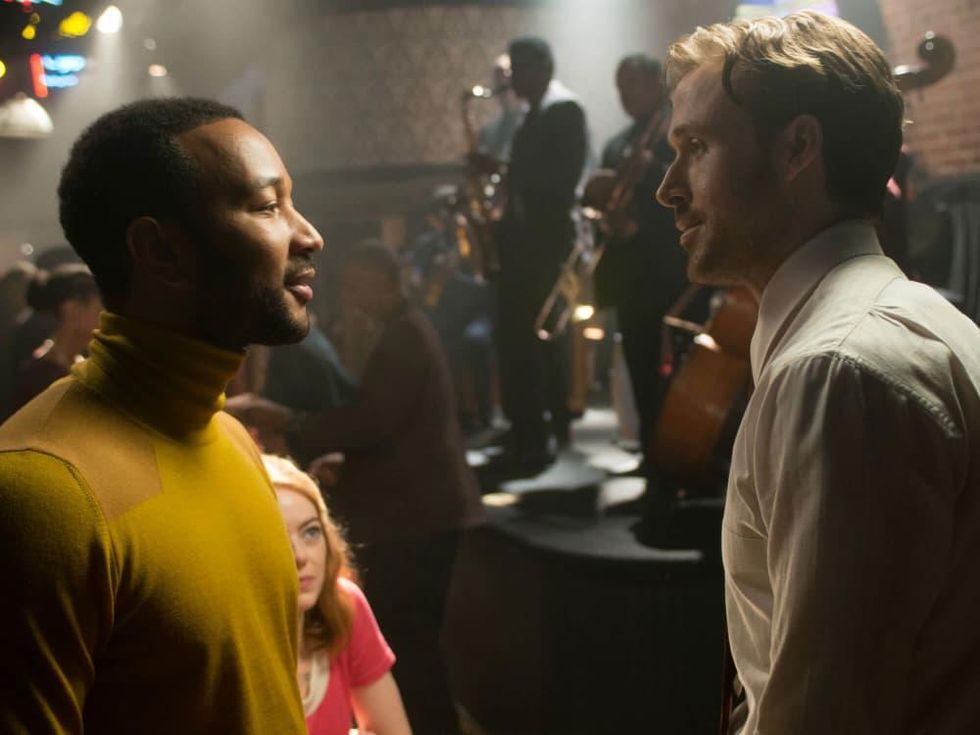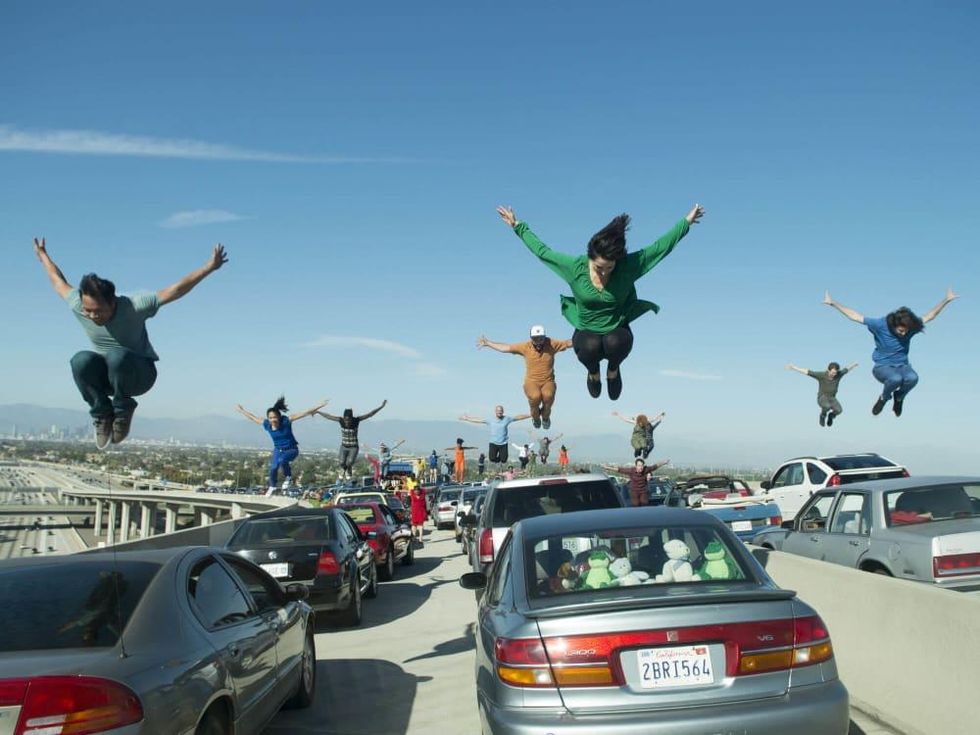Movie Review
Outstanding La La Land induces swoons with music and color
A common theme for movie lovers, no matter what era in which you started loving movies, is that “they don’t make 'em like they used to.” Nostalgia is heavy in Hollywood, which is why you see so many sequels and remakes; everyone seems to be trying to capture the feeling of times gone by.
But getting caught up in the past can be costly as well, a theme that’s heavy in the wondrous new musical film, La La Land. Written and directed by Damien Chazelle (Whiplash), it’s a simple story at heart: Mia (Emma Stone) is a struggling actress who meets Sebastian (Ryan Gosling), a jazz pianist with dreams bigger than his means. Their relationship moves in fits and starts, but when it gets going, it’s the stuff that movie dreams are made of.
Both Mia and Sebastian’s chosen professions are ones almost designed for heartbreak, and their frustrated ambitions conflict with their growing feelings for one another. The evolution of both their personal and professional lives are told through the occasional song, although much fewer — five in total — than your typical full-fledged musical.
There is a constant push and pull between the old and new in the film. The opening sequence, “Another Day of Sun,” is a classic Broadway number that just happens to be set in the middle of a traffic jam on an LA freeway overpass. Sebastian is obsessed with old jazz musicians, but he’s forced to team up with an '80s cover band and a modern jazz fusion group to make ends meet.
Even the settings Chazelle and his team chose are evocative of this conflict. Mia’s bedroom wall shows a love of classic movies, and other scenes are staged in front of billboards that feel like throwbacks to the '50s. Mia works at a coffee shop on the Warner Bros. studio lot, and the Griffith Observatory, central in Rebel Without a Cause, plays an important part in the film as well.
Never are the movie’s themes more on display than in perhaps the film’s signature number, “A Lovely Night.” Set on location in front of a setting sun that looks so perfect you’d swear they were actually on a set, Mia and Sebastian sing and dance and fall in love … right up until someone’s cellphone rings.
And I haven’t even mentioned the film’s use of color, in which bold, monochromatic hues give a pop to almost every character and setting. The color makes you sit up and take notice, but it’s never overbearing.
Between this and Whiplash, it seems obvious that Chazelle is single-handedly trying to revive interest in jazz, and if he continues to make outstanding films like these, he just might do it. He even throws in a cameo by Tom Everett Scott, who played a jazz drummer in That Thing You Do!.
Stone and Gosling face every challenge Chazelle throws at them. Though not previously known for their musical chops, both acquit themselves quite well, especially Gosling playing the piano and Stone in her final song, “Audition (The Fools Who Dream).” Since their acting alone is award-worthy, adding in these extra performance elements should prove them to be locks for Oscar nods.
La La Land is the type of movie that makes you swoon just by looking at it. Chazelle knows how to pull all the right moviemaking strings to construct something personal that also happens to be universal. Don’t miss it.




